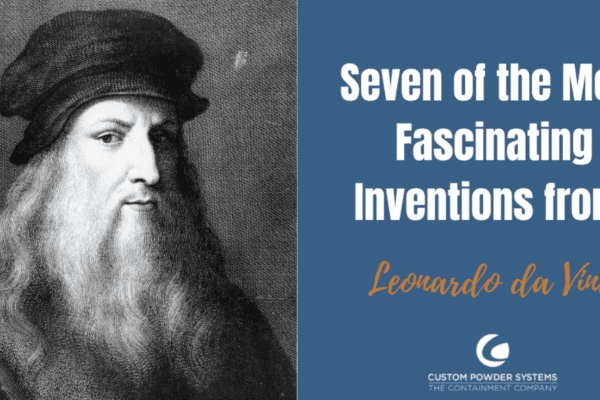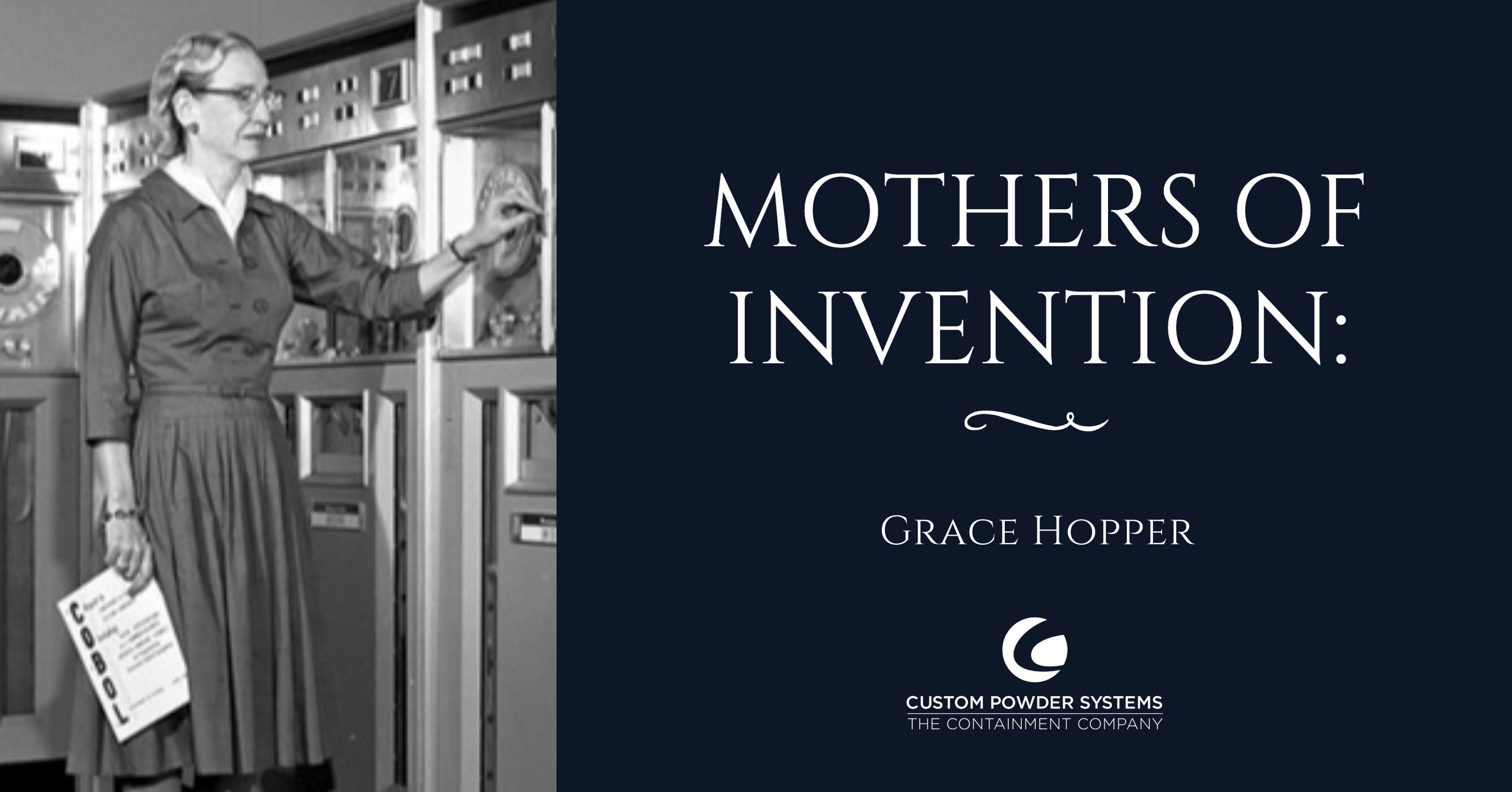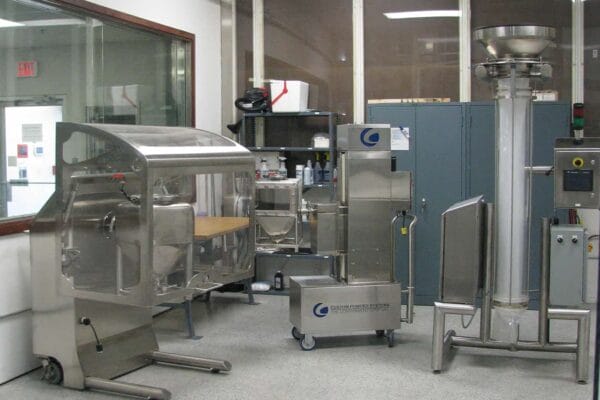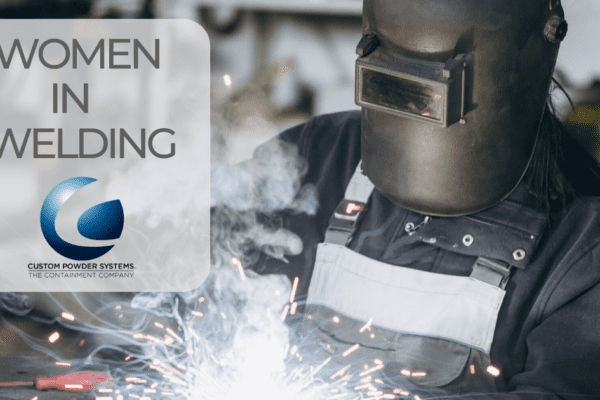Goodyear is well-known in the tire industry thanks to the scientists who made the durable, resilient tires we know today possible. In the 19th century, Charles Goodyear discovered how to improve the natural qualities of rubber through vulcanization in a fortuitous moment of experimentation.
Today, rubber is found in a multitude of items we use every day, from car components and construction materials to medical equipment and waterproof clothing. Natural rubber is derived from the sap of the Hevea brasiliensis tree, while synthetic rubber is a man-made mixture of chemicals. Both are inherently flexible and water resistant but are significantly more durable and useful through vulcanization.
The Accidental Alchemy of Charles Goodyear
In the mid-19th century, rubber was known as a temperamental material. While waterproof and elastic, it had a significant flaw – it became sticky and brittle in hot weather and hard and inflexible in the cold.
Around this time, American inventor Charles Goodyear was determined to pursue a peculiar idea. He was convinced that he could improve the properties of natural rubber to make it more versatile and suitable for a broader range of applications.
His first major development was a nitric acid treatment that reduced rubber’s adhesiveness; however, it did not hold up well in high temperatures. He then teamed up with and later purchased the process of Nathaniel M. Hayward, a former rubber factory employee, who found that a sulfur treatment similarly reduced the stickiness of the material.
Legend has it that, while experimenting one day in 1839, Goodyear accidentally spilled a mixture of rubber and sulfur onto a hot stove. To his surprise, the rubber concoction charred and hardened instead of turning into a gooey mess. This transformative accident would soon lead to the commercial production of vulcanized rubber.
Vulcanized Rubber Gains Traction
After several more years of experimentation, Goodyear finally perfected and patented his vulcanization process in 1844, which he named after the Roman god of fire, Vulcan. Around this time, he also created the Naugatuck India-Rubber Company in Connecticut, which became a leading site of rubber manufacturing in the following centuries.
To the misfortune of Goodyear, he spent many years fighting patent infringements from local and international competitors who saw the immense value in the process, leaving him penniless at the time of his death. However, in 1898, two brothers named their tire company after the inventor to honor his work in making their products possible.
Modern Production and Uses of Vulcanized Rubber
Today, vulcanization is commonly used to enhance both natural and synthetic rubber. It is a chemical process that involves heating the rubber with a curing agent such as sulfur or peroxide, creating a material that retains the desirable properties while preventing temperature-induced defects. This results in a more stable, durable, and versatile product resistant to aging, swelling, and abrasion.
Some of the most common applications of vulcanized rubber are:
1. Vehicle Tires: Vulcanized rubber has found its calling in the automotive industry. Tires from this material provide a smooth and reliable grip on various road surfaces and are resistant to damage and wear.
2. Footwear Innovation: The invention of vulcanized rubber transformed the shoe industry. Rubber soles, with their excellent grip and durability, have become a standard feature in a wide range of footwear, from athletic shoes to every day sneakers.
3. Industrial Applications: The resilience of vulcanized rubber makes it indispensable in various industrial applications, from conveyor belts to hoses, gaskets, and seals. Its resistance to chemicals and abrasion makes it an ideal material for machinery and equipment.
4. Rain Clothes: Raincoats and boots owe their impermeability to vulcanized rubber. The material’s waterproof nature makes it the perfect choice for outerwear and footwear that withstand the elements.
5. Sports Balls: Vulcanized rubber has made its mark on sports equipment, especially in the show’s main stars. Soccer, volley, tennis, bowling, basketball, lacrosse, golf, medicine, foot, base, and nearly every type of bouncy ball you can think of has been made of rubber. Its flexibility and resilience are key for lasting through a game.
6. Medical Advancements: The medical field has benefited from vulcanized rubber. It is used in various medical devices, including gloves and certain types of tubing, owing to its hypoallergenic properties and chemical resistance.
The serendipity of Charles Goodyear’s kitchen mishap left an undeniable mark on society. The grip of our shoes, the comfort of our tires, and the durability of our equipment are all due to the transformative power of vulcanized rubber. It’s a testament to the idea that the most revolutionary inventions can sometimes emerge from the most unexpected and sticky situations.
If you enjoyed this invention story, you might also like the ones about motorcycles, electric cars, and dynamite.
To learn more about Custom Powder Systems and the art of engineering, sign up for our newsletter.







